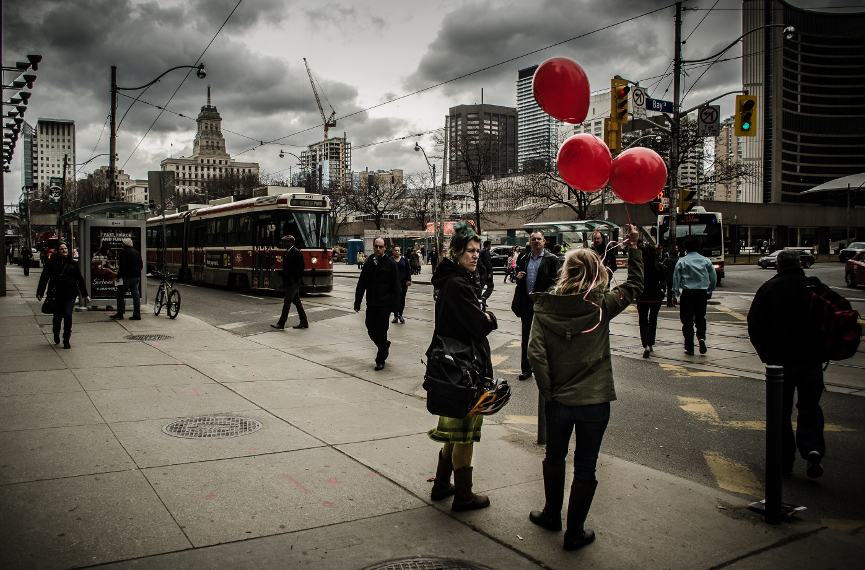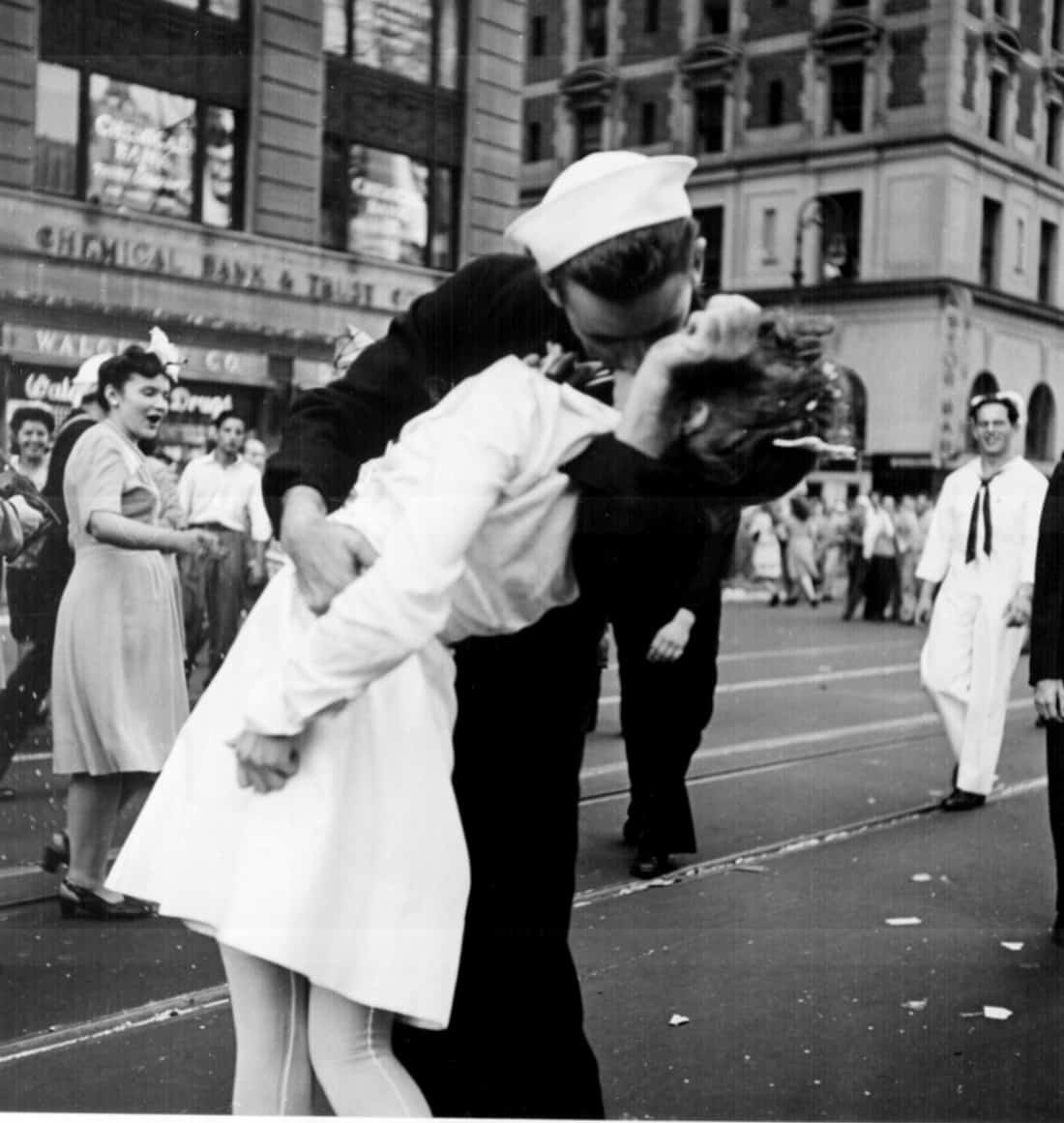Framing Streets Can Be Fun For Anyone
All About Framing Streets
Table of ContentsNot known Factual Statements About Framing Streets The Greatest Guide To Framing StreetsFacts About Framing Streets UncoveredGet This Report on Framing StreetsSome Known Factual Statements About Framing Streets The Main Principles Of Framing Streets
Photography category "Crufts Pet Show 1968" by Tony Ray-Jones Street digital photography (also often called candid digital photography) is photography conducted for art or questions that includes unmediated possibility experiences and random occurrences within public locations, usually with the purpose of recording pictures at a crucial or touching minute by careful framework and timing. 
What Does Framing Streets Mean?
Susan Sontag, 1977 Street digital photography can concentrate on individuals and their behavior in public. In this regard, the street digital photographer is similar to social docudrama professional photographers or photographers who likewise operate in public areas, but with the purpose of capturing relevant events. Any of these professional photographers' images might capture individuals and residential or commercial property noticeable within or from public areas, which commonly requires browsing ethical concerns and legislations of personal privacy, security, and residential or commercial property.
Depictions of daily public life develop a category in practically every duration of globe art, starting in the pre-historic, Sumerian, Egyptian and early Buddhist art durations. Art taking care of the life of the road, whether within views of cityscapes, or as the dominant concept, appears in the West in the canon of the Northern Renaissance, Baroque, Rococo, of Romanticism, Realism, Impressionism and Post-Impressionism.
The Buzz on Framing Streets
Louis Daguerre: "Boulevard du Temple" (1838 or 1839) In 1838 or 1839 the first photo of figures in the street was tape-recorded by Louis-Jacques-Mand Daguerre in among a pair of daguerreotype sights taken from his workshop home window of the Boulevard du Temple in Paris. The second, made at the elevation of the day, shows an unpopulated stretch of road, while the various other was taken at concerning 8:00 am, and as Beaumont Newhall reports, "The Blvd, so frequently loaded with a moving throng of pedestrians and carriages was flawlessly singular, except an individual who was having his boots cleaned.
His boots and legs were well specified, however he is without body or head, due to the fact that these were in activity." Charles Ngre, waterseller Charles Ngre. https://www.metal-archives.com/users/framingstreets1 was the initial digital photographer to obtain the technological elegance needed to sign up people in activity on the street in Paris in 1851. Photographer John Thomson, a Scotsman dealing with reporter and social activist Adolphe Smith, released Road Life in London in twelve month-to-month installments starting in February 1877
Some Known Factual Statements About Framing Streets
Eugene Atget is considered as a progenitor, not due to the fact that he was the first of his kind, yet as a result of the popularisation in the late 1920s of his document of Parisian streets by Berenice Abbott, that was motivated to undertake a similar documents of New York City. [] As the city established, Atget assisted important link to promote Parisian roads as a deserving topic for photography.

The 6-Minute Rule for Framing Streets
Martin is the first tape-recorded professional photographer to do so in London with a disguised electronic camera. Mass-Observation was a social study organisation established in 1937 which intended to videotape daily life in Britain and to tape the responses of the 'man-in-the-street' to King Edward VIII's abdication in 1936 to wed divorce Wallis Simpson, and the sequence of George VI. Between 1946 and 1957 Le Groupe des XV annually displayed work of this kind. Andre Kertesz. Circus, Budapest, 19 May 1920 Road digital photography created the major material of 2 exhibits at the Museum of Modern Art (Mo, MA) in New york city curated by Edward Steichen, 5 French Digital Photographers: Brassai; Cartier-Bresson, Doisneau, Ronis, Izis in 1951 to 1952, and Post-war European Digital Photography in 1953, which exported the idea of street photography internationally.

The Only Guide to Framing Streets
, after that an educator of young children, linked with Evans in 193839.'s 1958 book,, was significant; raw and frequently out of focus, Frank's photos questioned traditional digital photography of the time, "tested all the official policies laid down by Henri Cartier-Bresson and Pedestrian Evans" and "flew in the face of the wholesome pictorialism and wholehearted photojournalism of American magazines like LIFE and Time".